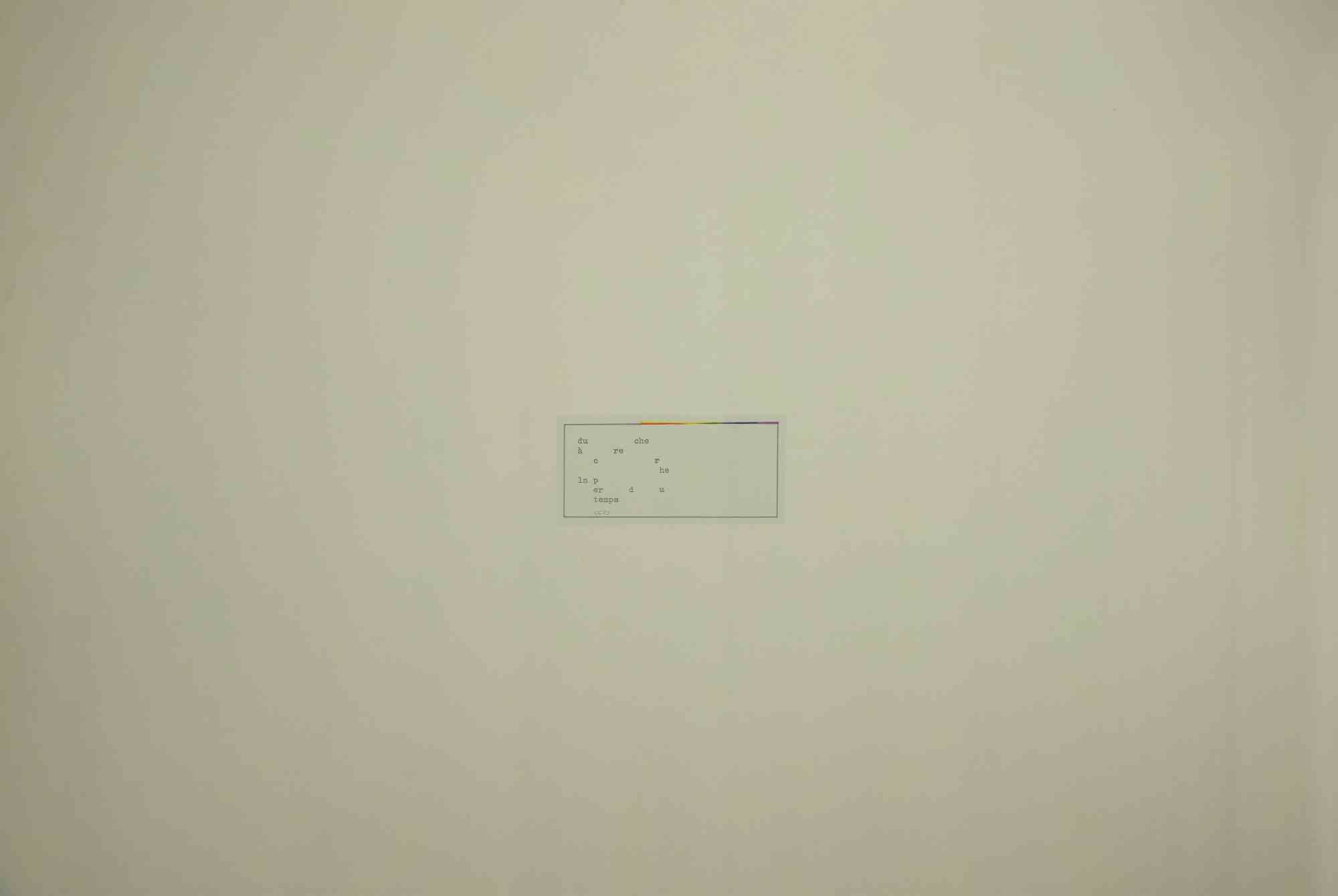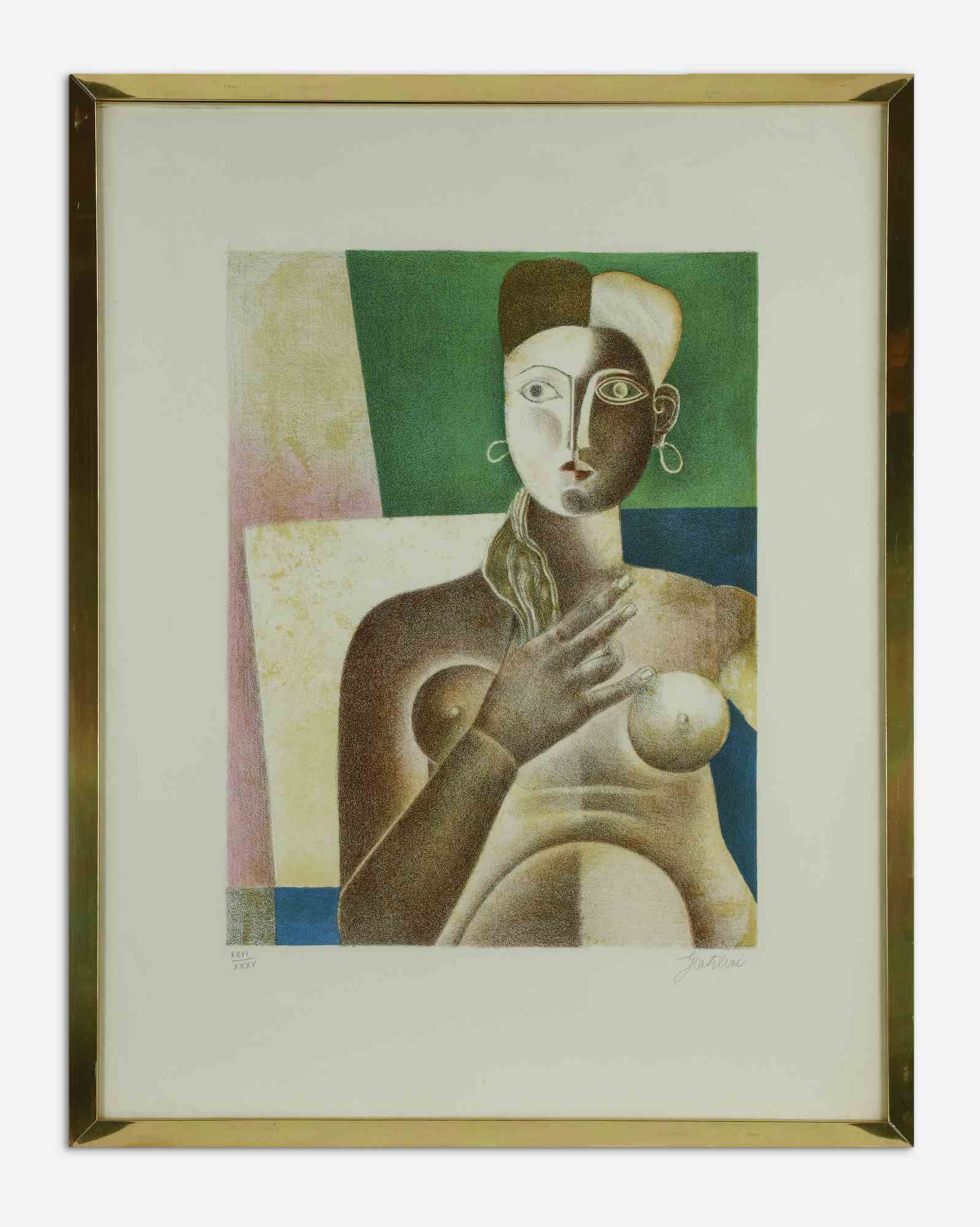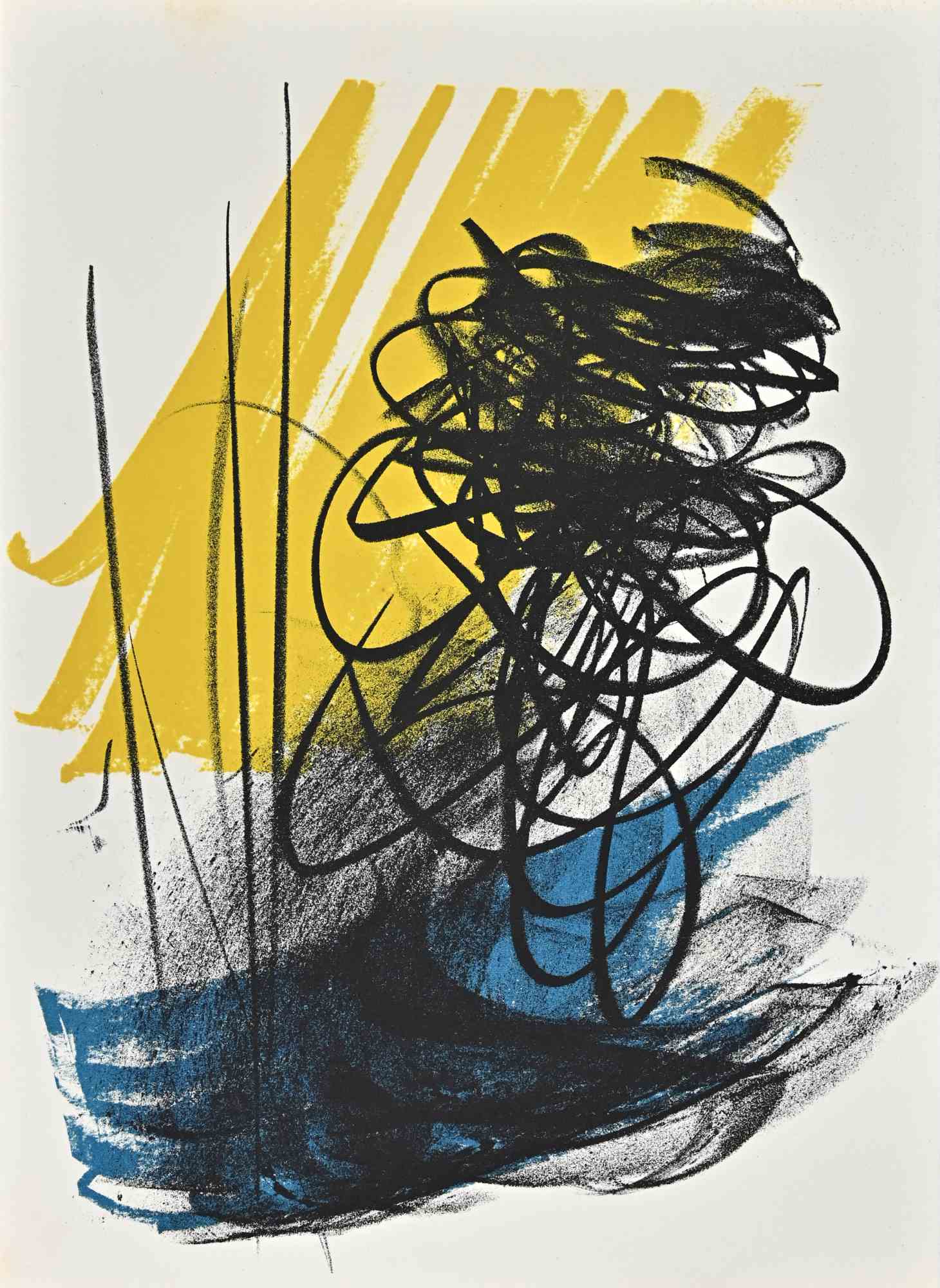
Lithography in the 20th Century: Paving the Way for Modern Printing Technology
The 20th century marked an era of profound technological advancements, and lithography played a pivotal role in revolutionizing the world of printing. Developed in the late 18th century by Alois Senefelder, lithography became increasingly popular in the 20th century due to its versatility and ability to reproduce high-quality images and texts. As this printing technique evolved over the century, it became an essential tool for artists ultimately transforming the way visual art was created.

Evolution of Lithography
The 20th century witnessed a shift in the popularity and use of lithographs. While lithography remained a valued and celebrated artistic process, advancements in printing technologies, particularly in offset printing, supplanted traditional stone lithography.
Offset lithography utilized aluminium plates rather than limestone, providing a faster and more efficient printing process. This led to a decline in the production of stone lithographs. Offset lithography offered numerous advantages, including cost-effectiveness, speed, and the ability to print on a variety of surfaces. This breakthrough led to the widespread adoption of lithography in commercial printing, enabling the mass production of artworks, books, newspapers, and advertising materials.
One of the key innovations that emerged in the early 20th century was photolithography. This technique introduced photographic elements to the traditional lithographic process, allowing for more precise and detailed reproduction of images. By projecting light through a photographic negative onto the prepared lithographic plate, the image could be transferred with exceptional accuracy.

Differences between the Centuries
The main difference between lithographs of the 19th and 20th centuries lies in the technological advancements that facilitated mass production and resulted in a higher level of precision and consistency. The 19th-century lithographs, often printed by individual artists or dedicated printers, possessed a unique charm and character that reflected the hands-on nature of the process. In contrast, 20th-century lithographs benefited from the streamlined process of offset printing, leading to a greater availability of prints to a wider audience.

Artistic Contributions
However, lithographs of the 20th century continued to capture the spirit of their age, incorporating new artistic movements and reflecting evolving social and political narratives. Lithography became a favoured medium for many artists in the 20th century. Artists such as Pablo Picasso, Henri Matisse, and Joan Miró embraced lithography as a means of artistic expression. They appreciated its unique qualities that allowed for subtle tonal variations, intricate detail, and the freedom to experiment with different materials.
Moreover, the lithographic process encouraged collaboration between artists and master printers, resulting in the establishment of numerous printmaking workshops and studios. These spaces provided artists with access to specialized equipment and expertise, stimulating creativity and innovation in printmaking.

Conclusion
In conclusion, 19th-century lithographs became famous due to their affordability, accessibility, versatility, and symbiotic relationship with the publishing industry. They provided audiences with an opportunity to own reproductions of masterpieces while simultaneously contributing to the discourse of the time. The shift towards offset lithography in the 20th century brought about new possibilities but also resulted in a different aesthetic and production process. Nonetheless, lithographs of both centuries remain highly regarded and continue to be cherished by art enthusiasts and collectors worldwide.
Related artworks

Wrapped Roman Wall
Christo (Vladimirov Yavachev)
Photolithograph
5000€

Alisei
Piero Dorazio
Lithograph
580€

First Project of Silence
Gina Pane
Photolithograph
2300€

The Night 2
Claudio Cintoli
Photolithograph
500€

The Night
Claudio Cintoli
Photolithograph
500€

Untitled
Lucio Fontana
Photolithograph
6800€

Composition in Blue
Andrei Mikhailovich Lanskoy
Lithograph
450€

Grey-Pink
Luigi Corbellini
Lithograph
320€

Tree
Alfonso Bonavita
Lithograph
340€

Nude
Franco Gentilini
Lithograph
520€

South Sign
Martin Bradley
Lithograph
469€

Pour Ida Chagall et Franz Meyer
Joan Mirò
Lithograph
3600€

Abstract Composition - Signs on Yellow
Hans Hartung
Lithograph
480€

The Tomb
Paolo Pasotto
Lithograph
300€

Night Driver
Mario Schifano
Lithograph
800€

The Diary
Mino Maccari
Lithograph
1200€

Tokyo Mon Amour
Sam Francis
Lithograph
9800€

A Seated Woman
Egon Schiele
Lithograph
450€

Opal No. 6
Giuseppe Capogrossi
Lithograph
1400€

